Dialysis Access: What You Need to Know
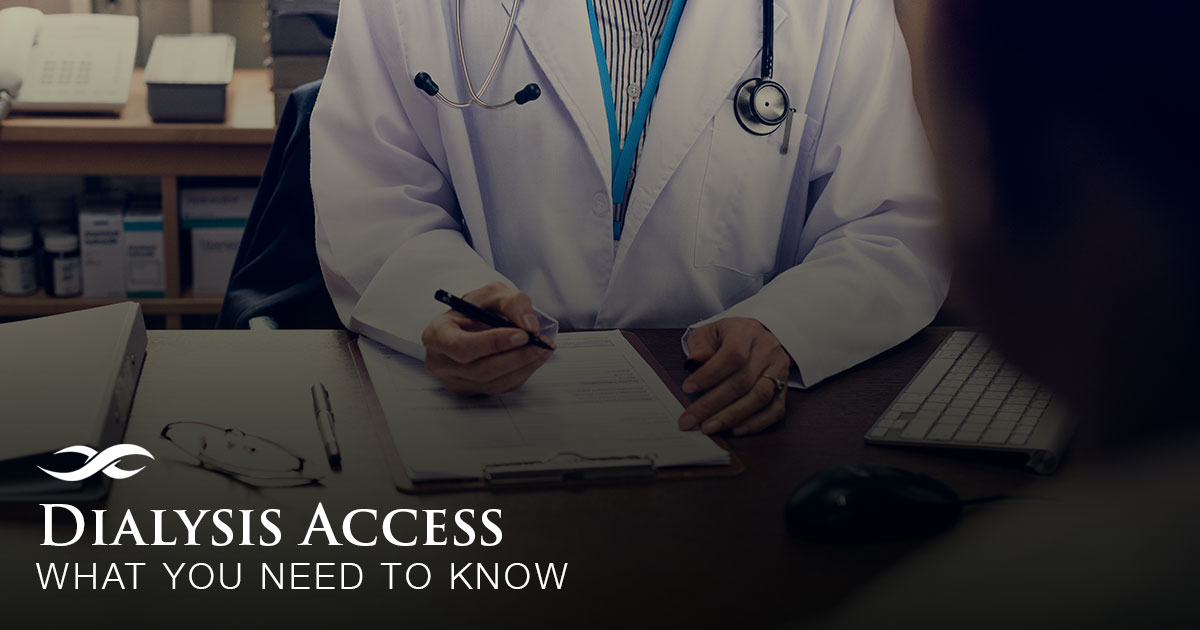
Dialysis is a treatment for patients with kidney failure. This treatment completes the functions healthy kidneys usually perform, including removing waste and regulating the levels of certain chemicals in the blood. According to the National Kidney Foundation, “In 2017, 746,557 Americans had kidney failure, and needed dialysis or a kidney transplant to survive.”
Read More
Treating Varicose Veins with Radiofrequency Ablation
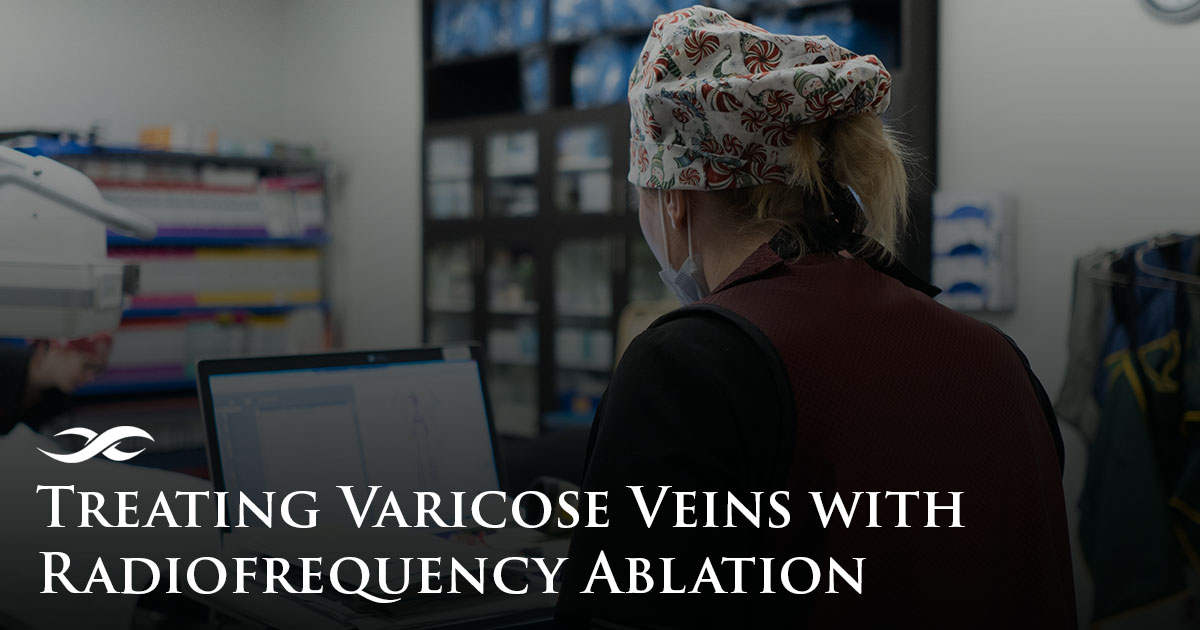
Chronic venous disease is an incredibly common condition that may affect up to 40% of the US population according to the Society for Vascular Surgery. The physicians at Vascular & Vein Institute of Siouxland specialize in treating chronic venous disease and varicose veins, a common symptom of the condition.
Read More
Improve Vascular Health With Exercise
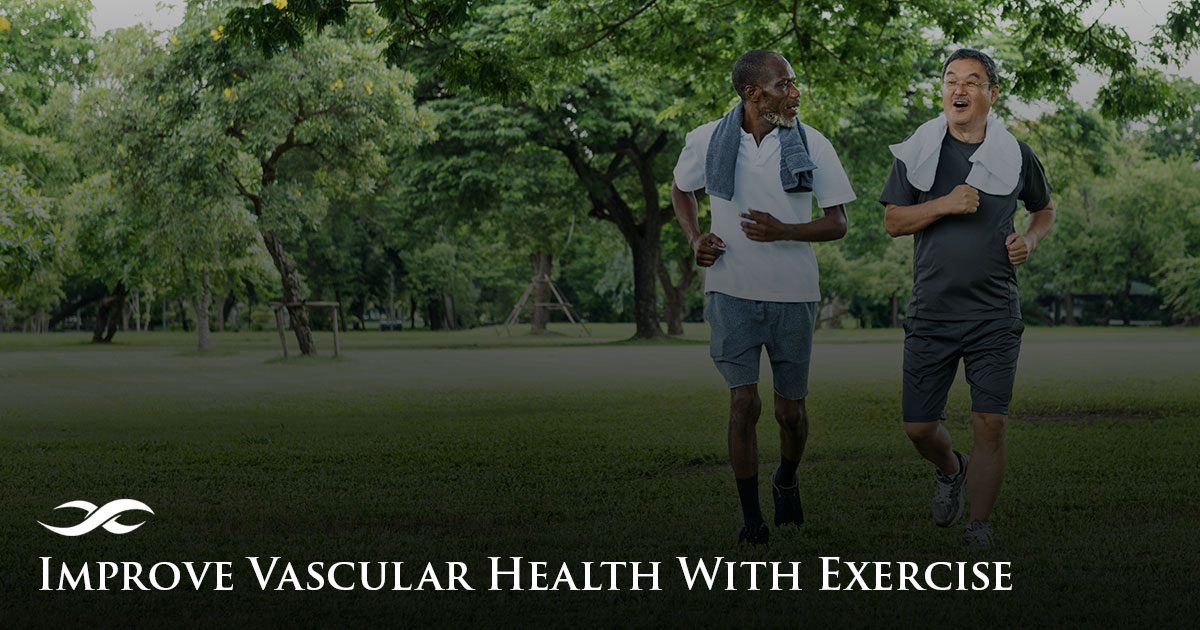
Exercise is incredibly important to your overall health, including your vascular health. According to Physical Activity Guidelines for Americans, “Adults who are physically active are healthier, feel better, and are less likely to develop many chronic diseases, such as cardiovascular disease, type 2 diabetes, and several types of cancer than are adults who are inactive.”
Keep reading to discover how to improve vascular health through exercise.
Read More
Recommended Lifestyle Changes for Patients With PAD
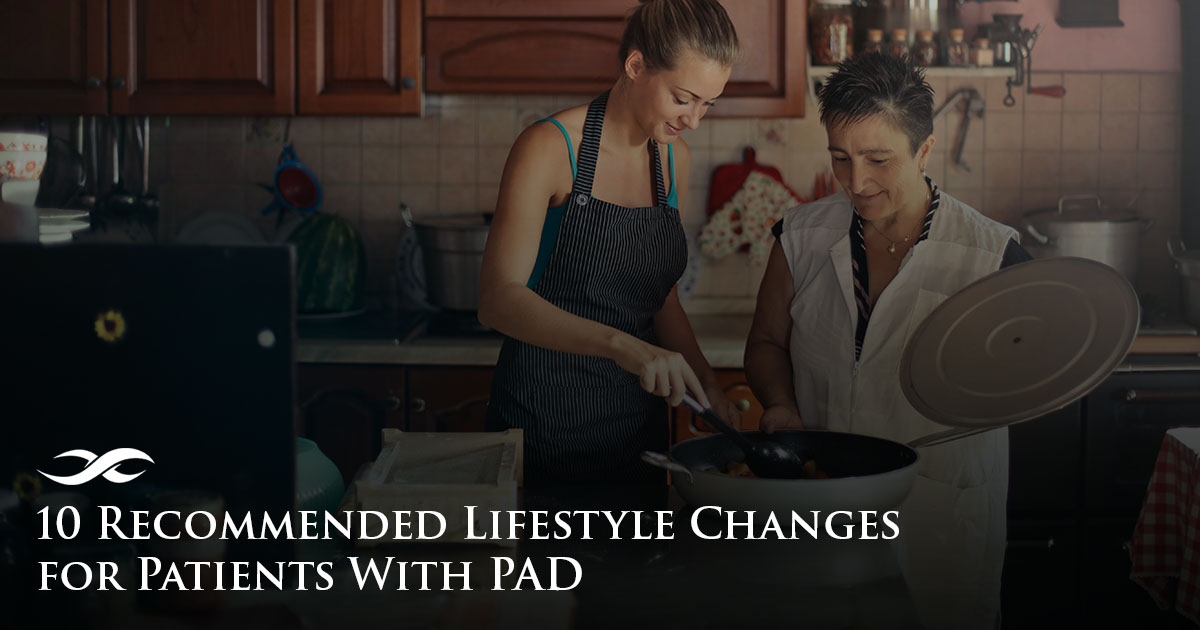
Peripheral artery disease (PAD) is a common condition that occurs when fatty deposits or plaque build up inside the vessels that carry blood to the legs and feet. In severe cases, it can lead to disability or the loss of a foot or leg to amputation.
Fortunately, mild cases of PAD can sometimes be treated with lifestyle changes and/or medication. The physicians at Vascular & Vein Institute of Siouxland recommend the following lifestyle changes for patients with PAD.
You Might Also Like: About Peripheral Artery Disease
Read More
4 Common Uterine Fibroid Misconceptions
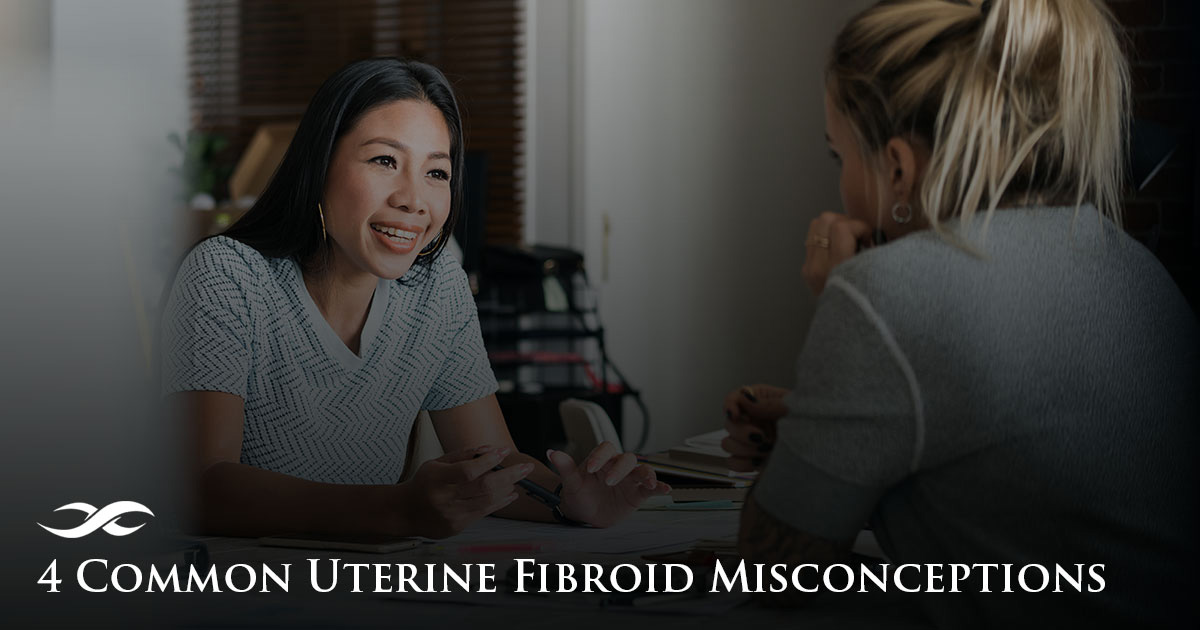
Uterine fibroids are common and affect many women each year. According to the Society of Interventional Radiology, “research has shown that uterine fibroids will affect 70% of white women and 80% of African American women in the U.S. by the time they are 50 years old.”
Uterine fibroids are growths that occur in the muscle cells of the uterus. They can range in size from so small they’re undetectable by the human eye to bulky masses that can enlarge the uterus.
Keep reading to discover four common misconceptions patients have about uterine fibroids.
Read More
National Men’s Health Week: Take Charge of Your Health

National Men’s Health Week is June 15-21 this year! This health initiative serves as a reminder for men to take steps toward a healthier lifestyle. There are many different ways men can take charge of their health, which vary by age group, family history, and more. Below are a few healthy habits to try incorporating this year:
- Active lifestyle
- Healthy eating
- Reducing stress
- Quitting smoking
- Preventive screenings
- Yearly checkups
The physicians at Vascular & Vein Institute of Siouxland specialize in treating many conditions, some of which affect more men than women. Keep reading to learn more about abdominal aortic aneurysms and carotid artery disease.
Read More
All About Abdominal Aortic Aneurysms
Abdominal aortic aneurysms (AAA) are common, with about 200,000 diagnosed cases in the US each year. An AAA is an enlarged area in the lower section of the aorta. The aorta is a major blood vessel, running from the heart through the abdomen.
When abdominal aortic aneurysms rupture, it can be life-threatening. In fact, according to the Society for Vascular Surgery, ‘a ruptured AAA is the 15th leading cause of death in the country, and the 10th leading cause of death in men older than 55.’
AAAs run in families; patients are twelve times more likely to develop one if a first-degree relative has had one. Other factors that put you more at risk for developing this condition include the following:
- Men aged 60+
- Smoker
- Caucasian
Symptoms
The majority of abdominal aortic aneurysms don’t cause any symptoms and are found while the patient is being evaluated for another condition. For those that do show symptoms, the following are common:
- Deep, persistent pain in the abdomen or on the side of the abdomen
- Back pain
- A pulse near the belly button
Diagnosis
The physicians at Vascular & Vein Institute of Siouxland use several methods to diagnose abdominal aortic aneurysms.
- Abdominal ultrasound – A painless imaging test to screen for or measure the size of an AAA
- Computed tomographic angiogram – An x-ray that allows your physician to determine the size and location of the aneurysm
Treatment
The physicians at Vascular & Vein Institute of Siouxland will determine treatment methods on a case-by-case basis, often by the size of the AAA. For small AAAs, your physician may recommend ultrasound tests every 6-12 months, and certain lifestyle changes like daily exercise or quitting smoking.
For larger AAAs or ones that are growing rapidly, your physician may recommend a minimally invasive procedure. Endovascular aneurysm repair uses x-ray imaging and a catheter to reinforce the artery walls and exclude the aneurysm. This technique requires significantly less recovery time than open surgery.
National Women’s Health Week: Take Charge of Your Health
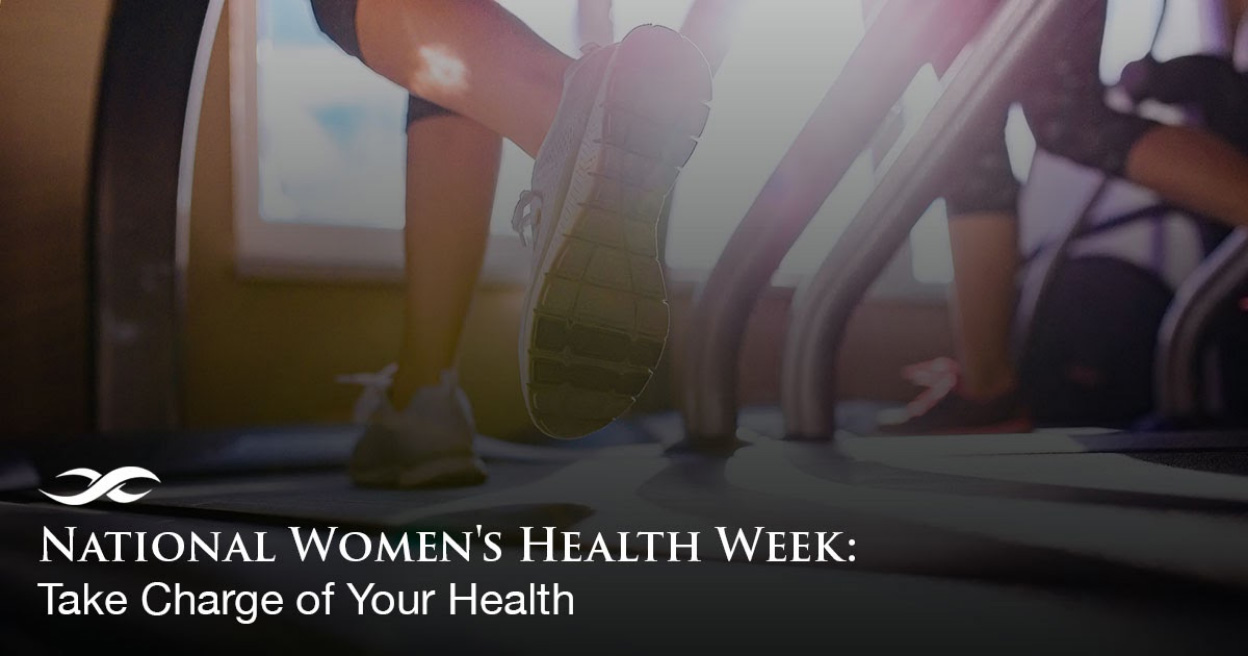
It’s National Women’s Health Week this week! This health initiative was put into place by the U.S. Department of Health and Human Services’ Office on Women’s Health to serve ‘as a reminder for women to make their health a priority and build positive health habits for life.’
While each woman takes charge of their health in different ways, some methods to do so include the following:
- Yearly checkups
- Preventive screenings
- Vaccines
- Active lifestyle
- Healthy eating
The physicians at Vascular & Vein Institute of Siouxland specialize in treating many conditions, some of which affect more women than men. Keep reading to learn more about uterine fibroids and varicose veins.
Uterine Fibroids
Uterine fibroids are common, with more than 200,000 new cases in the US each year. According to the Society of Interventional Radiology, 20-40% of women age 35 and older have fibroids of significant size.
Uterine fibroids are noncancerous growths that occur in the muscle cells of the uterus. These fibroids don’t spread to other areas of the body, typically aren’t dangerous, and often appear during childbearing years. Below are common symptoms experienced by patients with uterine fibroids:
- Pelvic pressure or pain
- Heavy menstrual bleeding
- Menstrual periods that last more than a week
- Severe cramps
- Pain during or following intercourse
- Abdominal enlargement
- Pain down the back of one or both legs
- Difficulty completely emptying bladder
- Frequent urination
- Constipation
Learn more about uterine fibroids and their treatment options on our blog Uterine Fibroids: What You Need to Know.
Varicose Veins
In the US, 23% of the population are affected by varicose veins. While for many of those people varicose veins are primarily a cosmetic concern, for other more severe cases varicose veins cause discomfort and lead to more serious problems.
Varicose veins are large, twisted veins that appear most often in the legs and feet. They are the result of weak or damaged valves in the veins of your legs that are unable to efficiently pump the blood to the rest of your body. These valves allow the blood to flow backward and pool in the veins, causing them to enlarge and twist. Common symptoms of varicose veins include the following:
- Enlarged, dark purple or blue veins
- Swelling
- Aching pain or heaviness in one or both legs
- Itching near affected veins
- Muscle cramps
Learn more about varicose veins and a popular treatment method on our blog Treating Varicose Veins with VenaSeal™.
About Transjugular Intrahepatic Portosystemic Shunt
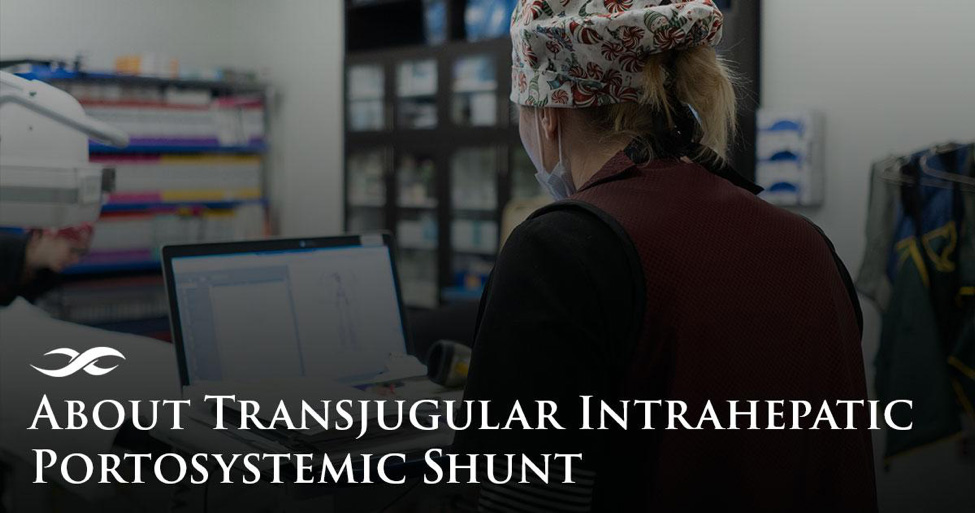
A transjugular intrahepatic portosystemic shunt (TIPS) is a minimally invasive procedure to connect two veins in the liver. This procedure is typically performed on patients with portal hypertension, or increased pressure in the portal vein system. A buildup of pressure in this area can cause blood to flow back from the liver into veins in the stomach, lower esophagus, and intestines.
TIPS connects the portal vein to the hepatic vein in the liver, utilizing a stent to keep the connection open. This reroutes blood draining from the bowel to return to the heart while avoiding the liver, preventing any backflow of blood and reducing high blood pressure in the portal vein.
Read More
Carotid Artery Disease
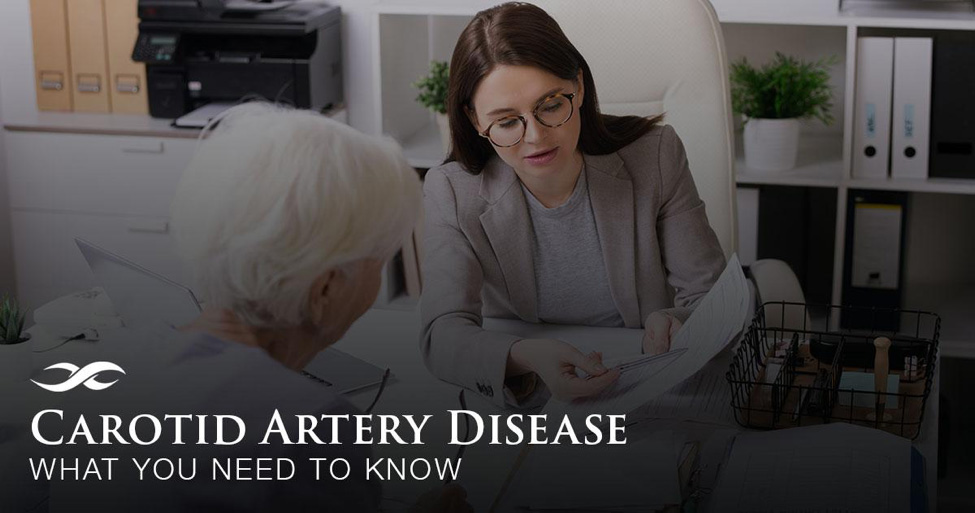
Carotid artery disease is a common condition with more than 200,000 new cases reported in the US each year. This disease occurs when plaque builds up inside the carotid arteries that supply oxygen-rich blood to the brain, face, scalp, and neck. This plaque buildup causes the arteries to become stiff and narrow, making it difficult for the blood to flow normally. On some occasions, small clots can form in the artery. If these clots break off and travel to the brain, they can cause a stroke.
According to the Society for Vascular Surgery, carotid artery disease is responsible for up to one-third of all strokes. Approximately 700,000 strokes occur each year, usually in men.
Carotid artery disease develops slowly, making it more common in older individuals. It’s estimated that up to 3% of people aged 65 and older have carotid artery disease. The following factors can put you more at risk of developing this condition:
- Smoker or history of smoking
- High blood pressure or hypertension
- High cholesterol
- Diabetes
- Heart disease
- Family history of atherosclerosis (plaque buildup)
- Lack of physical activity
- Overweight
Symptoms
In many cases, there aren’t any signs or symptoms in the early stages of this disease. Often, it will go undetected until severe narrowing or blockage of the artery occurs, causing a transient ischemic attack (TIA), which is a brief stroke-like episode, or stroke. Common symptoms of a TIA or stroke include:
- Sudden, severe headache
- Numbness or weakness in the face or limbs, often only affecting one side of the body
- Difficulty speaking or understanding speech
- Dizziness or loss of balance
- Vision problems in one or both eyes
Diagnosis
The physicians at Vascular & Vein Institute of Siouxland use your medical history, a physical exam, and diagnostic tests to diagnose carotid artery disease.
Medical History
Your physician will determine whether you have any of the major risk factors for carotid artery disease or if you have experienced any TIA or stroke symptoms.
Physical Exam
During a physical exam, your physician will listen to your carotid arteries with a stethoscope. They will be listening for a bruit, or whooshing sound, which can indicate reduced blood flow. It is important to note that not every person with carotid artery disease will have a bruit.
Diagnostic Tests
The physicians at Vascular & Vein Institute of Siouxland primarily use an ultrasound or angiogram to help diagnose this condition. Ultrasounds are the most common way to diagnose narrowing or blockage in the arteries. This test uses sound waves to produce images and is completely painless.
If the ultrasound results are unclear, your physician may choose to use an angiogram. During an angiogram, your physician threads the catheter to the area of interest and releases a small amount of contrast from the catheter. The contrast allows the blood vessels to appear on the x-ray.
Treatment
Treating carotid artery disease often involves a combination of lifestyle changes, medication, and, in severe cases, surgery.
Lifestyle Changes
Common lifestyle changes that could be recommended by your physician include:
- Quitting smoking
- Increasing physical activity
- Diet changes
Medication
When used properly, a combination of medications can help to slow the progression of this disease. Often, aspirin is prescribed along with medications to help lower cholesterol and blood pressure. Medication is usually prescribed when the degree of narrowing is less than 60%.
Surgery
Surgery is most commonly recommended when the degree of narrowing exceeds 60%. When necessary, the physicians at Vascular & Vein Institute of Siouxland can perform an angioplasty, a procedure to help widen the arteries.
During this procedure, a catheter with an inflatable balloon is threaded to the area of narrowing or blockage. Once in position, the balloon is inflated, expanding the artery and compacting the blockage. The physician will then deflate and remove the balloon before injecting contrast to ensure the procedure was successful.
Stents can also be used during an angioplasty. They are a permanent implant and are often used following a balloon angioplasty if there is still insufficient blood flow.
Call (605) 217-5617 to schedule an appointment with one of our physicians.
Some of the links on this page will take you away from
this site to another website, which may be a non-WCAG compliant website. SCA may not control the
content or links of non-SCA websites.









